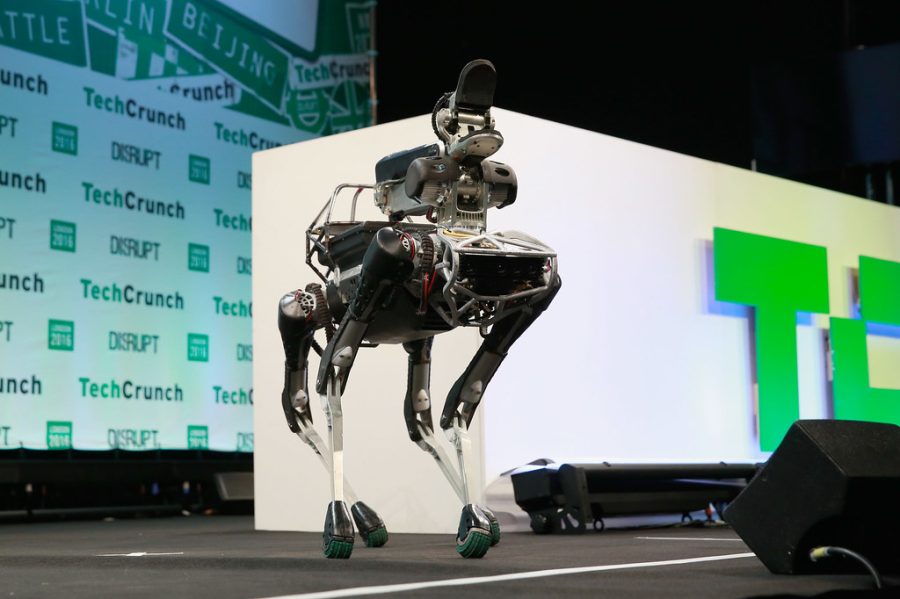Atlas robot gets ‘human’ upgrades
John Phillips | Flickr
February 6, 2023
Boston Dynamics, an American engineering and robotic design company, released a press demo showing its new update to the Atlas humanoid robot.
Boston Dynamics is known worldwide as one of the leading designers of advanced robotics and other autonomous systems. The company’s focus is on creating robots that can operate in everyday situations, in both the public and private sectors. Its other robots, Spot and Handle, use their quadrupedal systems to perform tasks similar to a dog or horse.
Atlas is Boston Dynamic’s model of a bipedal system, allowing Atlas to move more like a human would.
Atlas has been recognized previously for its world-renowned parkour skills and ability to maneuver difficult terrain as good as a human could. At that point, Atlas’ main skills consisted of flipping, jumping and vaulting like a gymnast.
In the most recent update to Atlas, the bipedal robot was given claw grippers that allowed it to manipulate objects in its surroundings. The claw grippers use one fixed finger and one moving finger in order to stimulate the grip of a hand.
In its new video, Boston Dynamics’ Atlas is seen lifting and throwing objects much larger than itself, while still being able to maintain its balance and athleticism. Similar to how our bodies naturally correct imbalances when interacting with our surroundings, Atlas has a new predictive controller software that allows it to replicate this ability.
This new predictive controller software allows Atlas to “correct” for imbalances caused by its environment and the object in its grippers. The controller is aware of Newton’s third law — that every action has an equal and opposite reaction — and uses object models to choose the forces acting between the robot and the object.
Knowing the forces in play, the controller can now make predictions on how the forces will affect the momentum of Atlas and correct for a possible imbalance. The controller then continually plans the trajectory of both the Atlas robot and the object.
By pre-planning a trajectory for both the object and the robot, Atlas’ controller can track its movement closely and aid the robot in maintaining its balance. Additionally, Atlas’ controller had been given behavioral references, allowing the robot to make more fluid movements rather than program Atlas with millions of locomotive combinations.
Boston Dynamics’ new predictive controller lets Atlas control its motions in the air, optimizing its flight path by avoiding collisions. Through this controller upgrade, Atlas can now change its inertia in the air by moving its limbs.
Boston Dynamics’ next goal with Atlas is to allow the robot to make smart decisions through the combination of its worldly perception and ability to perform high-level mobility tasks.
Boston Dynamics already hinted at Atlas’ future in their new video, “Atlas Gets a Grip.”
The video demonstrated Atlas’ possible career in the construction industry through its use of mobility in dynamic surroundings such as scaffolding. Atlas is also seen carrying tools and throwing supplies up several levels in the stimulated construction site.
As a research platform, Atlas helped make leaps in controller-based programming and bipedal robotics. But even with all its progress, Atlas is still a “long way off” from replacing humans in dangerous jobs in the real world.
Nevertheless, Atlas, “gives a sneak peek at where the field is going,” said Ben Stephens, Head of Atlas Control. “This is the future of robotics.”







